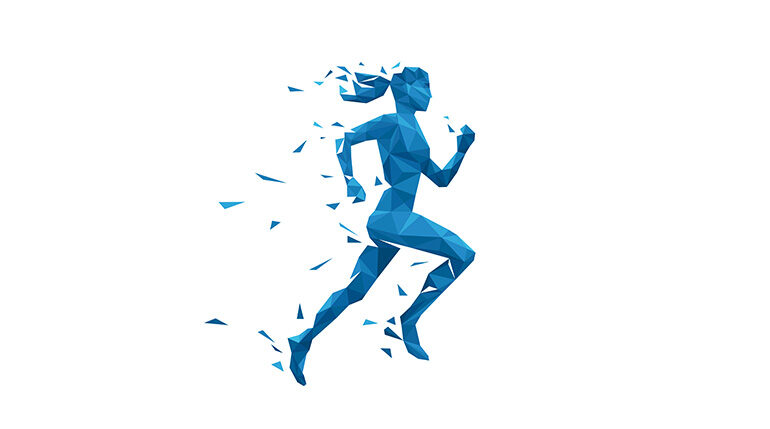
As a human body ages, it brings about certain physical changes. Understanding those changes and the reason they occur can help an individual take the necessary steps to lessen or delay those changes, thus making us look and feel younger. In order to achieve long-term health and fitness goals, it is imperative that one incorporate the right form and intensity of physical movement and exercise, no matter the age.
Attitudes and Aging
Age can be described chronologically (based on the birthdate) and biologically (based on the levels of physical fitness and the ability to cope with daily activities). Research has shown that incorporating regular exercise into one’s daily routine can delay biological changes in the body for up to a decade or more. Regular sessions of moderate exercise have also been linked to a decrease in the risk of health disorders. The key is to choose activities that are compatible with the body’s current fitness levels and the age of the individual. Research has also shown that commencing a exercise regime when younger can help maintain optimal levels of health and fitness throughout life.
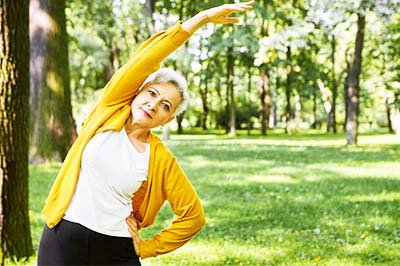
Cardio Capacity
Research suggests that the rate of cardio fitness in women begins to decline around the age of 35, with aerobic power decreasing by up to half by the age of 60. Thus, it is important to incorporate adequate cardio exercises in the daily regime as one gets older.
Strength and muscle mass
After the age of 30, women have been seen to lose 6-9% of their muscle mass every ten years. Hence, incorporating resistance training, mainly after the age of 30 is all the more essential in order to help the body keep up with basic daily activities such as climbing a flight of stairs or lifting heavy objects.
Strength and bone mass
BMD or Bone Mineral Density begins to decline around the age of 30. This means that more bone starts to be lost than is produced by the body, and the levels of minerals, such as calcium, decrease too. In order to avoid the onset of brittle bones due to the loss of bone mass [osteoporosis], resistance training becomes important.
Tissue Elasticity
As we age, a gradual loss of elastin begins to occur in the body, which means that high impact activities and higher intensity movements such as squash and tennis should be avoided post the age of 55-60. Regular stretching exercises, Pilates and Yoga are highly recommend to help minimize loss of flexibility.
Confidence and Balance
Aging can cause physical and emotional changes such as a loss in confidence while walking, causing a loss of balance. In order to combat this, maintaining good posture is important, as healthy alignment encourages balance.
The Stages of Life
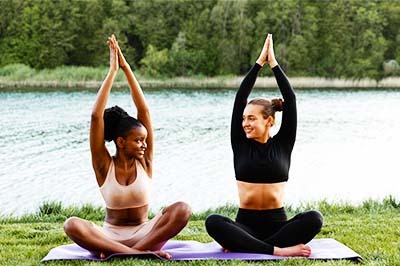
Exercise at all ages revitalize the body inside out.
The 20s: Sets the base for a lifetime of fitness which is why fitness trainers recommend establishing various kinds of workouts and exercises that work for the body.
The 30s
Once we hit the age of 30, the body finds it hard to cope, making weight loss a challenge, especially around the tummy area which could cause a risk of heart disease in the years to come. Hence, research suggests that upping the fitness and strength training game during the 30s helps strengthen the body for any challenges one might face with age.
The 40s and 50s
In order to keep metabolism high, one must make sure to keep up fitness training by increasing resistance training, since weight lifting can slow the process of deterioration of bone mass. Regular, moderate intensity workout exercises can also help combat symptoms of menopause and heart disease.
The 60s and beyond
High impact workout such as running, squash and tennis, can be hard on the body post the age of 60 due to stiff and brittle bones. Low intensity workouts such a swimming and yoga which help increase mobility and flexibility are recommended. Studies have shown that women above the age of 60 are less likely to develop arthritis [information of joints] if they incorporate 60 minutes of regular moderate exercise in their daily routine.
Fitness levels often differ depending on various stages of life, such as adolescence, pregnancy, postpartum and so on. It is, thus, highly recommended that one continue with any activities they might enjoy depending on their health and fitness requirements. In order to look and feel younger, one must choose activities that are compatible with the current fitness levels and age.
Do not miss a single article!
Submit your email id to get new articles directly into your email inbox!
- Employee Wellness Programs: They Really Work! - October 21, 2022
- Yoga Teacher Training Standards - November 18, 2021
- Why You Will Never Go Hungry Again - October 25, 2021
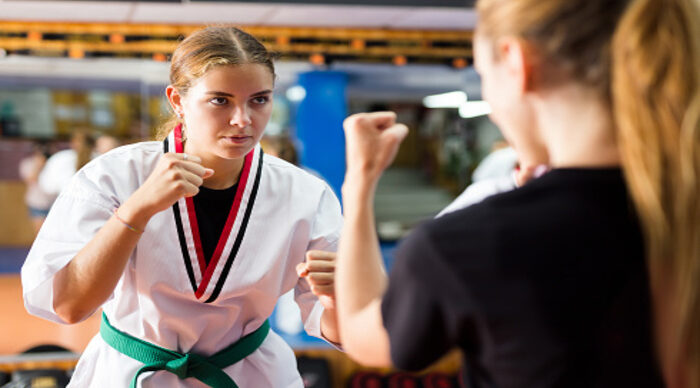
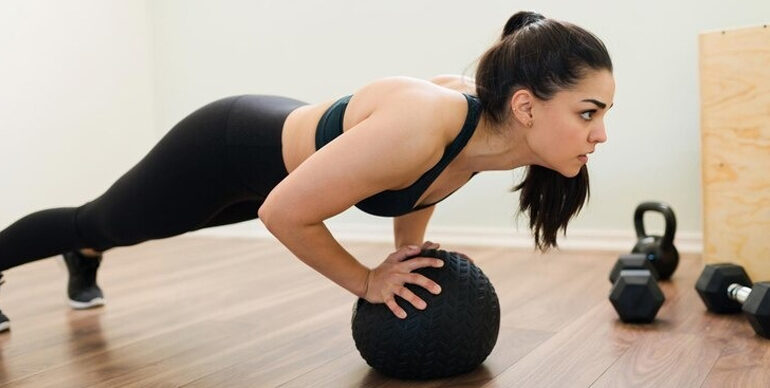

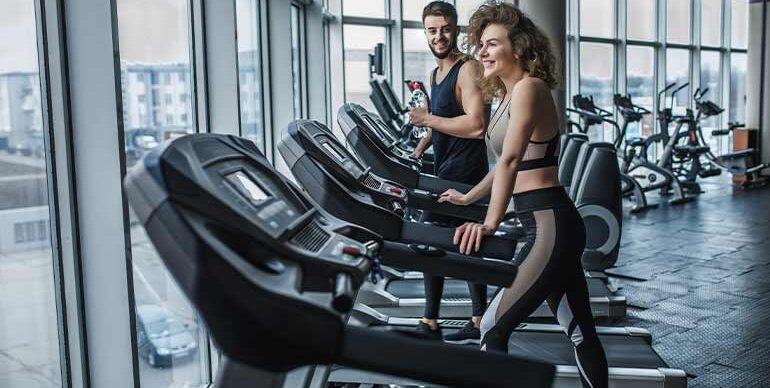
Add Review